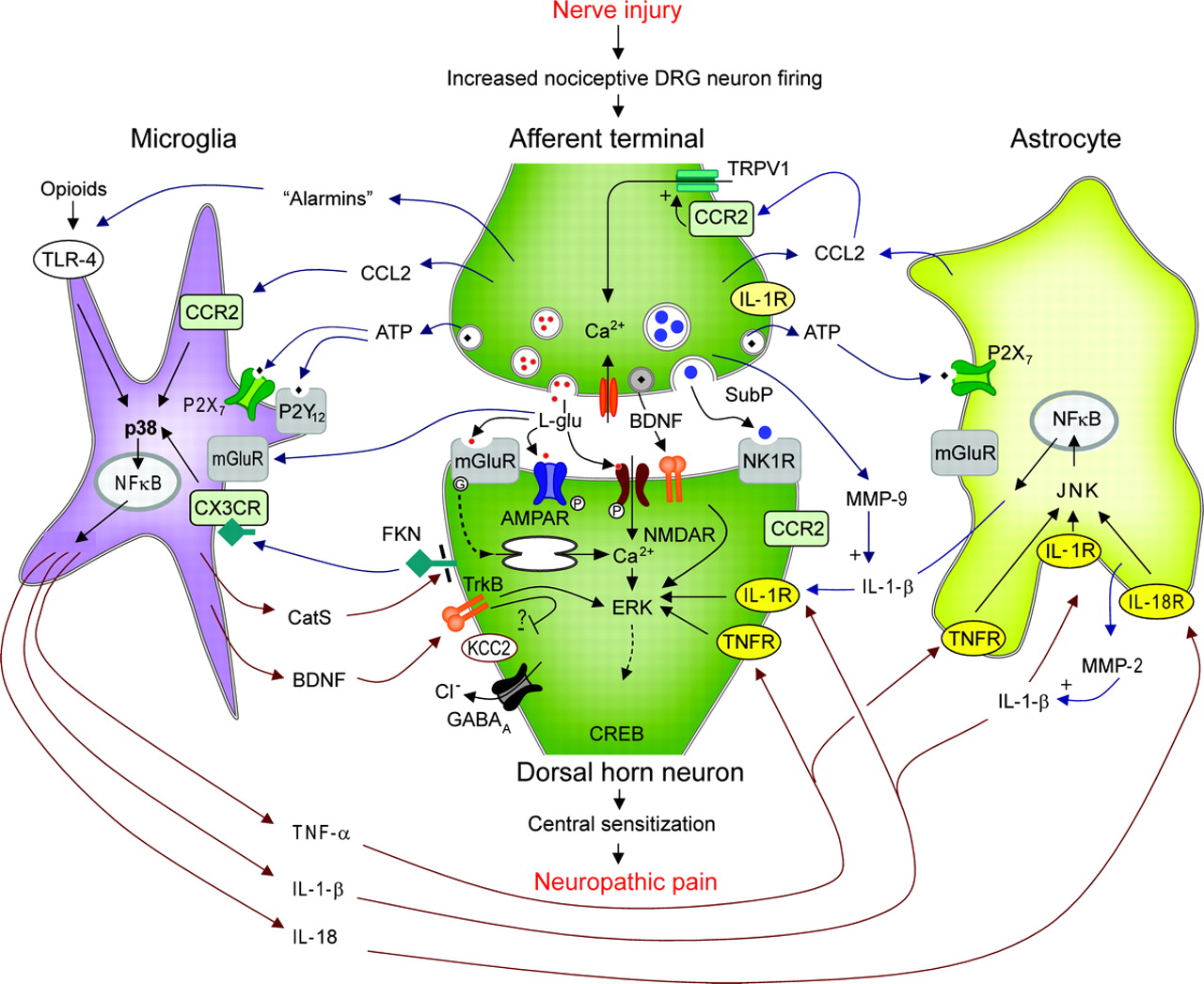BobMnk
New Member
Gomi εγω που ειμαι οπωσδηποτε ectomorph ( ενα απ τα χαρακτηριστικα παραδειγμα αδυνατου ανθρωπου θα λεγα , μολις ειδα την εικονα ειπα εγω ειμαι αυτος ) πως λες οτι με επηρεαζει η ινσουλινη και ο σωματοτυπος στο θεμα της τριχοπτωσης συμφωνα με την ερευνα που δημοσιευσες ? Ειναι ευνοϊκο για τον περιορισμο της τριχοπτωσης και τη συντηρηση του μαλλιου ή ενισχυει την τριχοπτωση
Βλεπω με θεματα ινσουλινης και ινσουλινοαντιστασης εχεις ασχοληθει πολυ διεξοδικα και θα σε ρωτησω και αλλα πραγματα σε μελλοντικο ποστ. Ολος ο προβληματισμος μου σχετικα με το θεμα ξεκινησε επειδη ειχα πει σε μια φιλη μου " Τρωω απειρα και δεν μπορω να παχυνω με τιποτα " και μου ειπε " Με την ινσουλινη σου τι γινεται ? Μηπως εχεις υψηλη και γι αυτο δεν μπορεις να παχυνεις ? "
ΔΙΕΥΚΡΙΝΙΣΗ : Επειδη διαβασα καποια παραπανω σχολια να σου πω επισης οτι ταυτιστηκα και μ αυτο που αναφερεις συνδυασμο σωματοτυπων. Ειμαι λοιπον εκτομορφικος ΑΛΛΑ η κοιλια υπαρχει και προεξεχει απ το υπολοιπο σωμα. Μη φανταστεις τρελα πραγματα, οι αλλοι δεν το προσεχουν κατω απο μπλουζες , αλλωστε ειμαι 22 χρονων και πολυ αδυνατος γενικα αλλα οτι η υπαρχει ενα φουσκωμα στην κοιλια υπαρχει. Χαρακτηριστικα να σου πω οτι οι φιλοι μου μου λενε σαν σανιδα εισαι. Αν ειμαι χωρις μπλουζα ομως και με δεις απ το πλαι θα δεις μια ευθεια που θα κανει ενα βουναλακι στο σημειο της κοιλιας. Φανταζομαι με τα χρονια και οσο θα αυξανεται το σωματικο βαρος θα μεγαλωνει και η κοιλια.
Επισης , ο πατερας μου εχει κι αυτος αισθητα μεγαλυτερη κοιλια απ το σωμα του και ειναι 52. Και ολοι λενε οτι ειμαστε ιδιοι ακομα και στο ειδος μαλλιου ( αν και πολυ φοβαμαι οτι εγω δεν θα εχω τετοια εξελιξη αλλα χειροτερη ) . Επισης και οι δυο παππουδες μου ειναι 70+ και ακου αυτο, πριν μερικα χρονια ειχαν φτασει και οι δυο να εχουν τοσο μεγαλες κοιλιες σε σχεση με το σωμα που οι γιατροι τους ειπαν να αδυνατισουν χαρακτηριστικα θυμαμαι για να μειωθει η κοιλια γιατι για καποιο λογο λεγανε δεν κανει καλο τετοια κοιλια. Φαντασου εναν ανθρωπο με αδυνατα σχετικα χερια και ποδια και κοιλια τεραστια. Και οταν εχασαν βαρος χαθηκε απ την κοιλια λες και ολο ειχε συσσωρευτει εκει
Βλεπω με θεματα ινσουλινης και ινσουλινοαντιστασης εχεις ασχοληθει πολυ διεξοδικα και θα σε ρωτησω και αλλα πραγματα σε μελλοντικο ποστ. Ολος ο προβληματισμος μου σχετικα με το θεμα ξεκινησε επειδη ειχα πει σε μια φιλη μου " Τρωω απειρα και δεν μπορω να παχυνω με τιποτα " και μου ειπε " Με την ινσουλινη σου τι γινεται ? Μηπως εχεις υψηλη και γι αυτο δεν μπορεις να παχυνεις ? "
BobMnk είπε:Gomi εγω που ειμαι οπωσδηποτε ectomorph ( ενα απ τα χαρακτηριστικα παραδειγμα αδυνατου ανθρωπου θα λεγα , μολις ειδα την εικονα ειπα εγω ειμαι αυτος ) πως λες οτι με επηρεαζει η ινσουλινη και ο σωματοτυπος στο θεμα της τριχοπτωσης συμφωνα με την ερευνα που δημοσιευσες ? Ειναι ευνοϊκο για τον περιορισμο της τριχοπτωσης και τη συντηρηση του μαλλιου ή ενισχυει την τριχοπτωση
Βλεπω με θεματα ινσουλινης και ινσουλινοαντιστασης εχεις ασχοληθει πολυ διεξοδικα και θα σε ρωτησω και αλλα πραγματα σε μελλοντικο ποστ. Ολος ο προβληματισμος μου σχετικα με το θεμα ξεκινησε επειδη ειχα πει σε μια φιλη μου " Τρωω απειρα και δεν μπορω να παχυνω με τιποτα " και μου ειπε " Με την ινσουλινη σου τι γινεται ? Μηπως εχεις υψηλη και γι αυτο δεν μπορεις να παχυνεις ? "
ΔΙΕΥΚΡΙΝΙΣΗ : Επειδη διαβασα καποια παραπανω σχολια να σου πω επισης οτι ταυτιστηκα και μ αυτο που αναφερεις συνδυασμο σωματοτυπων. Ειμαι λοιπον εκτομορφικος ΑΛΛΑ η κοιλια υπαρχει και προεξεχει απ το υπολοιπο σωμα. Μη φανταστεις τρελα πραγματα, οι αλλοι δεν το προσεχουν κατω απο μπλουζες , αλλωστε ειμαι 22 χρονων και πολυ αδυνατος γενικα αλλα οτι η υπαρχει ενα φουσκωμα στην κοιλια υπαρχει. Χαρακτηριστικα να σου πω οτι οι φιλοι μου μου λενε σαν σανιδα εισαι. Αν ειμαι χωρις μπλουζα ομως και με δεις απ το πλαι θα δεις μια ευθεια που θα κανει ενα βουναλακι στο σημειο της κοιλιας. Φανταζομαι με τα χρονια και οσο θα αυξανεται το σωματικο βαρος θα μεγαλωνει και η κοιλια.
Επισης , ο πατερας μου εχει κι αυτος αισθητα μεγαλυτερη κοιλια απ το σωμα του και ειναι 52. Και ολοι λενε οτι ειμαστε ιδιοι ακομα και στο ειδος μαλλιου ( αν και πολυ φοβαμαι οτι εγω δεν θα εχω τετοια εξελιξη αλλα χειροτερη ) . Επισης και οι δυο παππουδες μου ειναι 70+ και ακου αυτο, πριν μερικα χρονια ειχαν φτασει και οι δυο να εχουν τοσο μεγαλες κοιλιες σε σχεση με το σωμα που οι γιατροι τους ειπαν να αδυνατισουν χαρακτηριστικα θυμαμαι για να μειωθει η κοιλια γιατι για καποιο λογο λεγανε δεν κανει καλο τετοια κοιλια. Φαντασου εναν ανθρωπο με αδυνατα σχετικα χερια και ποδια και κοιλια τεραστια. Και οταν εχασαν βαρος χαθηκε απ την κοιλια λες και ολο ειχε συσσωρευτει εκει







